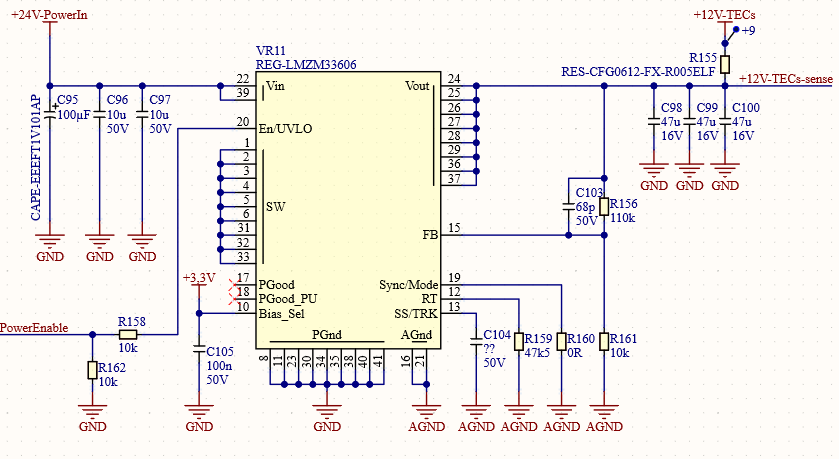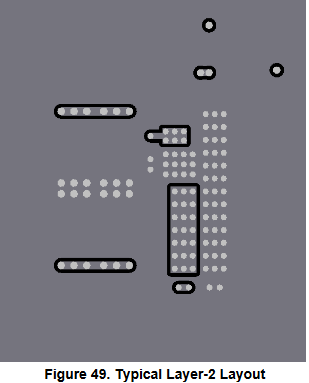Hello,
I have huge design in which I'm not able to create a separate AGND on PCB. So is it ok that the components connected to AGND are only connected to the ground through the IC? Also is there a real reason for separating these two? My understanding is that nowadays its not recommended to separate grounds but instead to have one solid ground layer.
Also I would like to know is there some reason to have these power islands on the ground layer as I don't see any sense in them and ground layer usually shouldn't have any gaps?
Best regards,
Petteri




